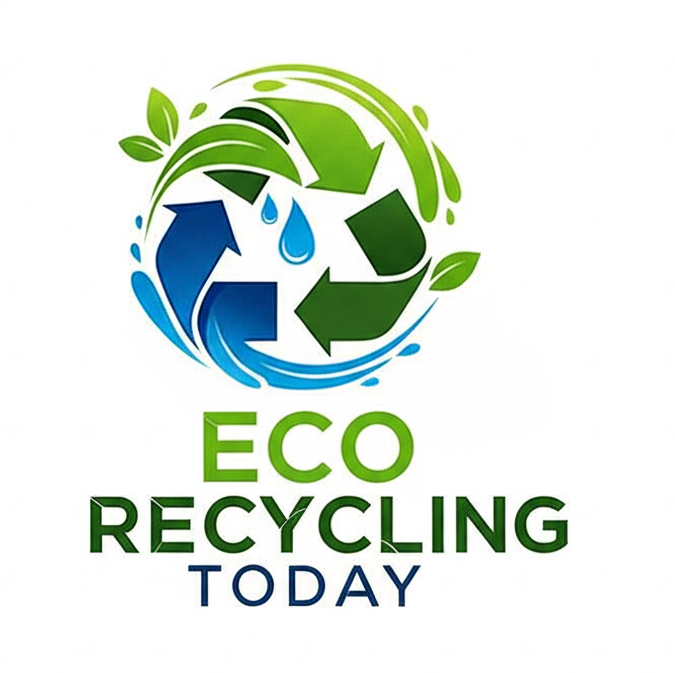Plastic caps are small but mighty contributors to global plastic waste. Found on water bottles, milk jugs, detergent containers, and more, these caps are often discarded improperly. But with the right knowledge and tools—including the use of plastic cap recycling machines—we can make a positive environmental impact.
We will explore how plastic caps recycling works, which caps are recyclable, how to prepare them, and how machines are used to process them efficiently.
What Are Plastic Caps Made Of?
Most plastic caps are made from:
- Polypropylene (PP – #5 plastic)
- High-Density Polyethylene (HDPE – #2 plastic)
These materials are valuable and recyclable but often overlooked due to their small size.
Are Plastic Caps Recyclable?
Yes—most plastic caps can be recycled. While it was once common to remove caps before recycling bottles, many modern recycling centers now prefer that caps be left on to ensure proper processing.
Common recyclable plastic caps:
- Water bottle caps
- Soda and juice caps
- Shampoo and lotion bottle caps
- Plastic jar lids (e.g., peanut butter)
- Detergent bottle caps
Not always recyclable:
- Caps with pumps or spray nozzles
- Caps with mixed materials (e.g., metal and plastic)
How to Recycle Plastic Caps Properly
- Check local recycling rules – They vary by city or country.
- Rinse the caps and bottles – Clean recyclables reduce contamination.
- Leave the cap on the bottle – Unless advised otherwise by your recycling center.
- Avoid placing loose caps in bins – They may fall through sorting equipment.
What Happens to Recycled Plastic Caps?
Recycled caps are processed into:
- New caps and lids
- Plastic containers
- Automotive parts
- Outdoor furniture
- Construction products (e.g., decking, piping)
These materials are shredded, melted, and reformed—helping create a circular economy and reducing demand for virgin plastic.
Plastic Caps Recycling Machines
Plastic caps recycling machines play a crucial role in the recycling process. They ensure that plastic caps are efficiently processed and transformed into reusable raw material.
Plastic Shredders
- Break down plastic caps into smaller flakes.
- Designed to handle high-volume materials safely and efficiently.
Plastic Granulators
- Grind shredded plastic into fine granules for reprocessing.
Plastic Washing Lines
- Clean caps by removing dirt, labels, or residue to prepare them for melting.
Extrusion and Pelletizing Machines
- Melt the clean plastic and form it into pellets (plastic granules) for new manufacturing.
Injection Molding Machines (in manufacturing)
- Use recycled pellets to create new plastic caps and products.
Benefits of Using Recycling Machines
- Efficiency: Processes large volumes of caps quickly.
- Material Recovery: Maximizes the value of recyclable plastic.
- Waste Reduction: Prevents plastic caps from going to landfills or polluting ecosystems.
- Supports Industry: Provides raw materials for plastic product manufacturers.
Plastic caps may be small, but recycling them—especially with the help of modern machines—can make a big difference. By learning how to sort and recycle caps properly, and by supporting the use of plastic cap recycling machines, we can help reduce waste, save resources, and build a cleaner, greener future.
